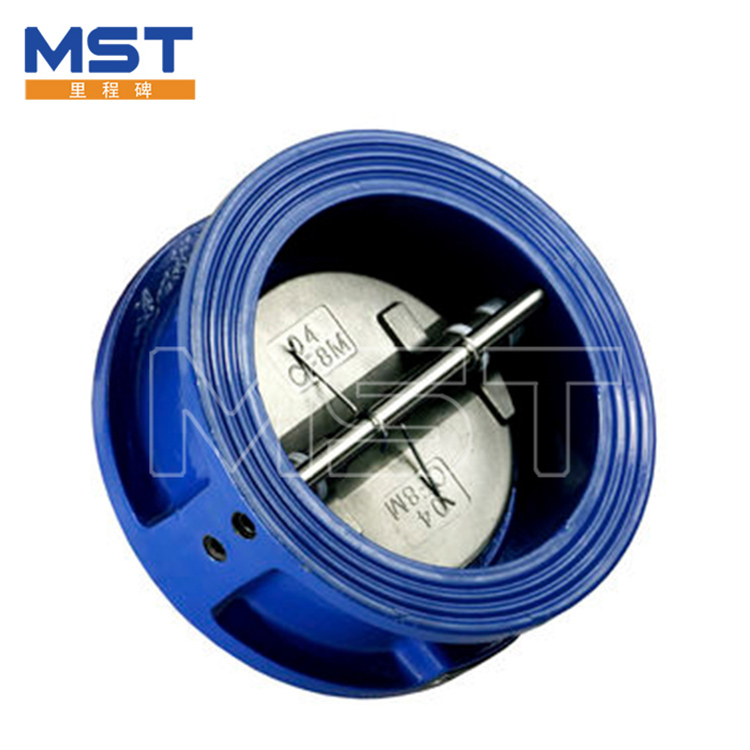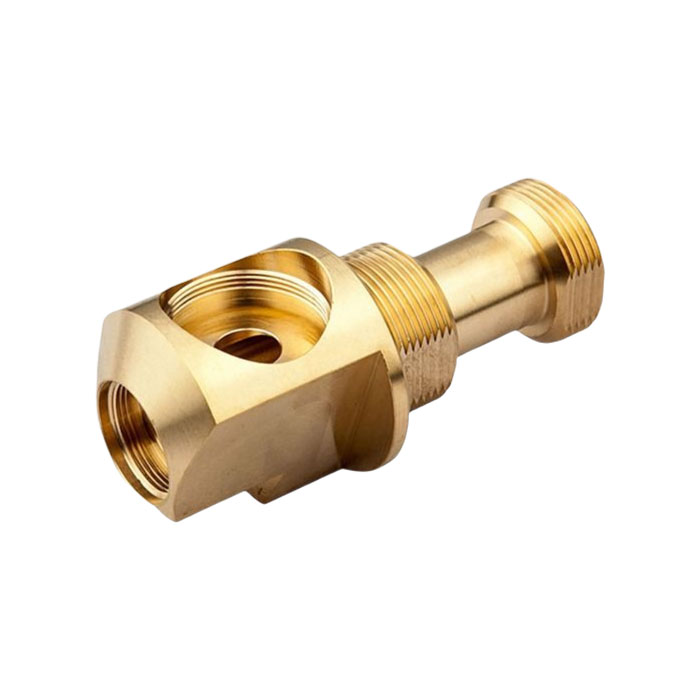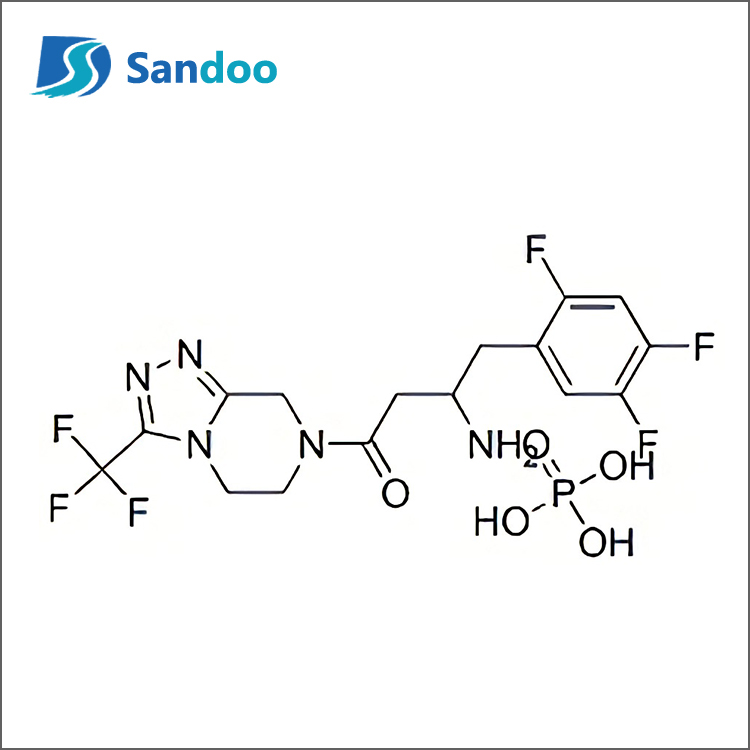AC Soft Starter
An AC soft starter, short for "Alternating Current soft starter," is an electronic device used to control the acceleration and deceleration of three-phase AC motors. These devices are primarily employed in industrial and commercial applications to reduce the initial high inrush current and......
Send Inquiry
Product Description
An AC soft starter, short for "Alternating Current soft starter," is an electronic device used to control the acceleration and deceleration of three-phase AC motors. These devices are primarily employed in industrial and commercial applications to reduce the initial high inrush current and mechanical stress on the motor and connected equipment during startup. Soft starters provide a smooth and controlled ramp-up of motor speed, which helps extend the motor's lifespan and reduce wear and tear. Here are some key features and functions of AC soft starters:
1. Inrush Current Limitation: One of the primary functions of an AC soft starter is to limit the inrush current that occurs when an AC motor is started at full voltage. Inrush current can be several times higher than the motor's rated current, potentially causing voltage sags and damaging electrical components.
2. Controlled Acceleration and Deceleration: Soft starters provide a controlled and adjustable acceleration and deceleration profile for the motor. This gradual startup and shutdown help reduce mechanical stress on belts, couplings, and other connected equipment.
3. Reduced Voltage Starting: Soft starters initially apply a reduced voltage to the motor, gradually increasing it to the rated voltage. This eliminates the sudden voltage and current spikes associated with direct-on-line starting.
4. Motor Protection: Many soft starters include built-in motor protection features, such as overload protection, phase loss detection, and thermal protection. These safeguards help prevent motor damage due to overcurrent or overheating.
5. Energy Efficiency: By reducing inrush current and providing controlled acceleration, AC soft starters can contribute to energy efficiency by minimizing the demand on the electrical supply system and improving the overall performance of the motor.
6. Adjustable Parameters: Users can typically adjust various parameters on a soft starter, such as ramp-up and ramp-down times, current limits, and voltage levels, to customize the motor's startup and operational characteristics for specific applications.
7. Compatibility: Soft starters are compatible with various types of three-phase AC induction motors, including squirrel cage and wound rotor motors.
8. Communication and Monitoring: Some advanced soft starters offer communication capabilities, allowing integration into control and monitoring systems. This enables remote control, data logging, and real-time monitoring of motor performance.
9. Space-Saving: Soft starters are generally compact and require less space than traditional motor starters and contactors.
10. Application Versatility: AC soft starters find application in a wide range of industries, including manufacturing, HVAC (heating, ventilation, and air conditioning), water treatment, conveyor systems, and pumps, among others.
It's important to note that AC soft starters are different from variable frequency drives (VFDs). While both devices control motor speed, VFDs offer greater control by adjusting both motor voltage and frequency, allowing for precise speed and torque control. AC soft starters, on the other hand, are primarily used for reducing inrush current and providing controlled motor acceleration and deceleration without changing the motor's synchronous speed.
The choice between an AC soft starter and a VFD depends on the specific requirements of the application, including the desired control and performance characteristics.










